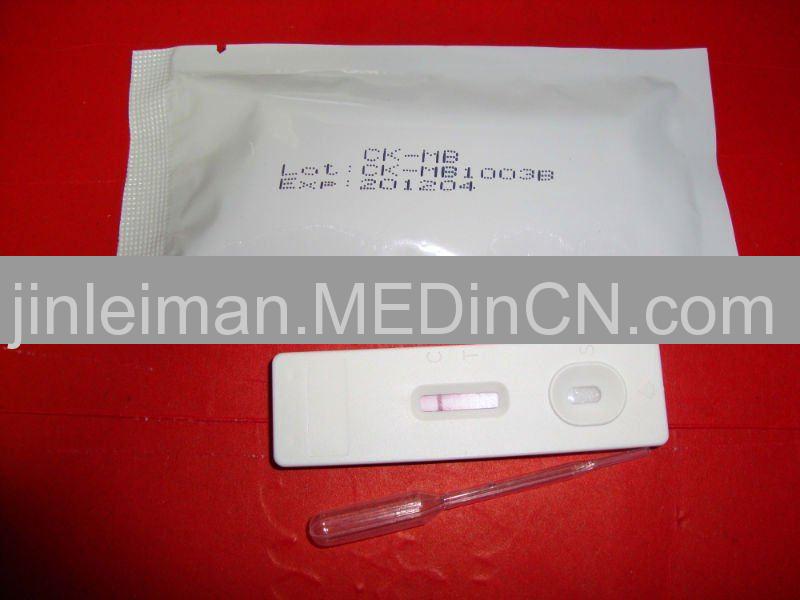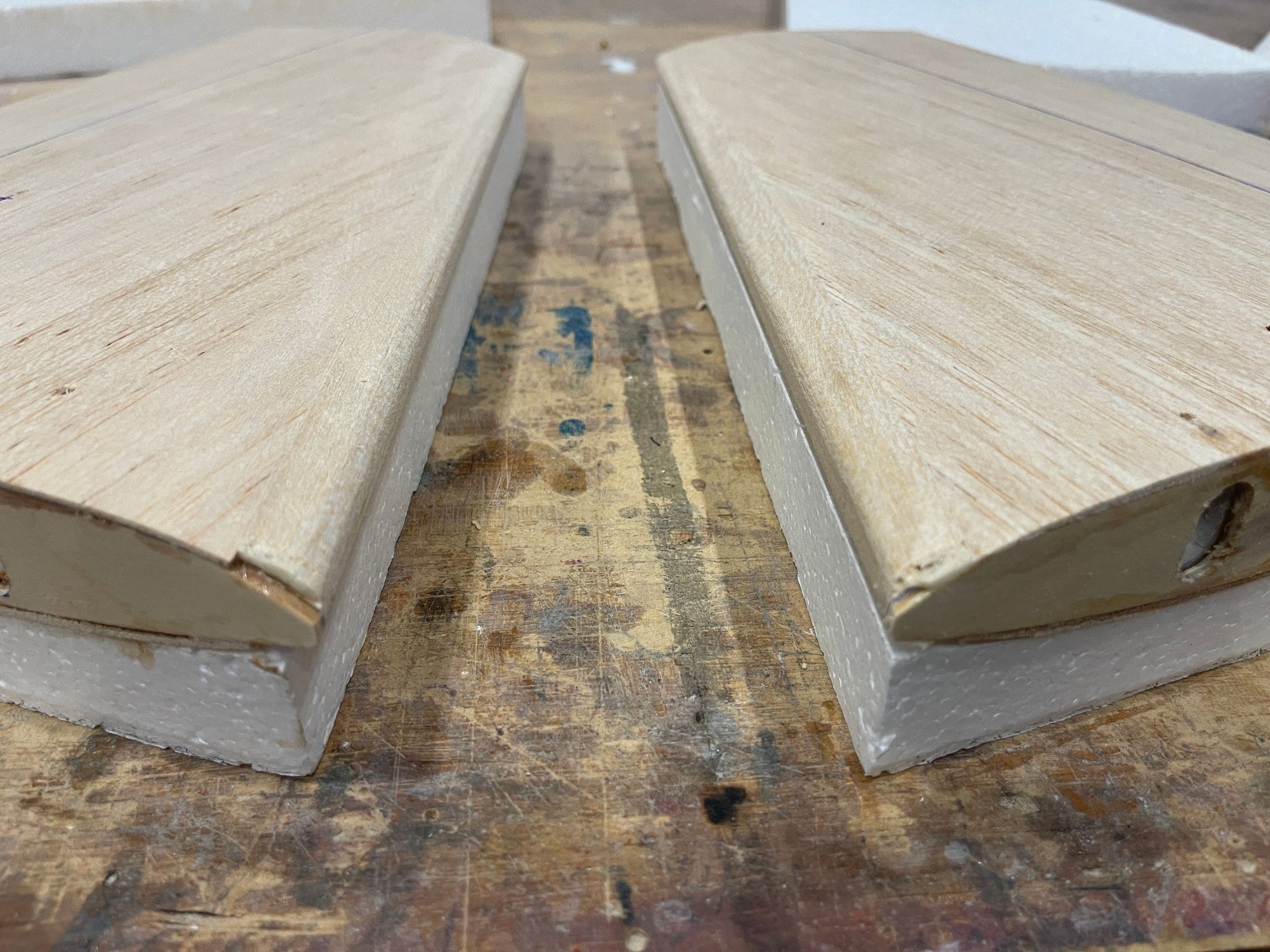

- #CK MODULES POLY STEP SEQ SOFTWARE#
- #CK MODULES POLY STEP SEQ PLUS#
- #CK MODULES POLY STEP SEQ DOWNLOAD#
- #CK MODULES POLY STEP SEQ FREE#
Starchip-fusions can also make use of known antibody parts, and copy number variants. The files needed are already included in the directory of STARChip. If you’re working on hg19 or hg38, you don’t have to do the following things.
#CK MODULES POLY STEP SEQ DOWNLOAD#
Click ‘get output’ to download your bed file.Following the instructions in the picture to download repeats from UCSC genome browser. Starchip-fusions filters using the location of known repeats in bed format as well. STARChip makes use of gtf files for annotating fusions and circRNA with gene names.įirst, download the package and prepare annotation files: 1 STAR -genomeDir /path/to/starIndex/ -readFilesIn file1_1.fastq.gz file1_2.fastq.gz -runThreadN 11 -outReadsUnmapped Fastx -quantMode GeneCounts -chimSegmentMin 15 -chimJunctionOverhangMin 15 -outSAMstrandField intronMotif -readFilesCommand zcat -outSAMtype BAM Unsorted reference/BED files Your project will have it’s own requirements, but a good starting point for your star alignments might look like: Run STAR with the following parameters required for chimeric output: –chimSegmentMin X –chimJunctionOverhangMin X (where X is an integer). Not doing so will strongly inflate your false positives rate, because reads that map perfectly to an unplaced contig will instead find the next best alignment, often a chimeric alignment.
#CK MODULES POLY STEP SEQ PLUS#
It is absolutely critical however, that you follow the STAR manual’s instructions and build a genome using all chromosomes plus unplaced contigs. See the STAR documentation for installation, as well as building or downloading a STAR genome index. In most instances to run STARChip you must first run star on each of your samples. It is optional for STARChip to run STAR on your samples. STARChip is written to be an extension of the STAR read aligner. Notes below are more for my own convenience. /path/to/starchip/ fastq_files.txt parameters.txt./path/to/starchip/ STARdirs.txt Parameters.txt.starchip-circles is for circRNA detection./path/to/starchip/ output_seed Paramters.txt.starchip-fusions is for fusion detection.


I agree with the designing purpose of STARChip, so I decide to give it a shot.
#CK MODULES POLY STEP SEQ FREE#
Feel free to do so, and let me know what you find! However, STARChip’s read requirement settings can be set manually and because it runs so quickly, it’s easy to play with the settings to turn up sensitivity and turn down precision and see what you get. For my projects, this was not too helpful. There are a dozen fusion finders out there that sacrifice everything to get the highest sensitivity. To your final question, my goal with STARChip was to develop a tool that focused on precision. I’ve discussed with the author Kipp Akers about the precision. Both CIRI and CIRCexplorer had competitive precision and sensitivity values STARChip required 43 and 179% of the runtimes of these packages, respectively, and ∼72% of the memory requirements.” for fusions, “With STARChip, we have attempted to emphasize precision at the expense of sensitivity in these particular gold-standard studies, reasoning that such hyper-tuning inflates type I error in mining novel datasets.” This does not appear to come at an increased resource cost. According to its paper, for circRNA detection, “STARChip achieves the best precision of all tools tested and nearly the best sensitivity. So, it can identify fusions and circRNAs at the same time. Before running, you must have used a recent version of STAR with chimeric output turned on, to align your RNA-Seq data.
#CK MODULES POLY STEP SEQ SOFTWARE#
This software is designed to take the chimeric output from the STAR alignment tool and discover high confidence fusions and circular RNA in the data. Nicholas Kipp Akers as part of his work in Bojan Losic’s group at the Icahn Institute of Genomics and Multiscale Biology at Mount Sinai School of Medicine STARChip is short for Star Chimeric Post, written by Dr. But I want to try something new: STARChip. įrom all the tools I know, CIRCexplorer2 and CIRI are well matained. There are also two evaluation papers for the identification tools. Also another review paper about identifying circRNAs. Here is a good review paper talking about computational methods for analyzing circRNAs, both identification and downstream analysis. I want to find out some circRNAs from RNA-seq data (total RNA-seq, not poly-A enriched).


 0 kommentar(er)
0 kommentar(er)
